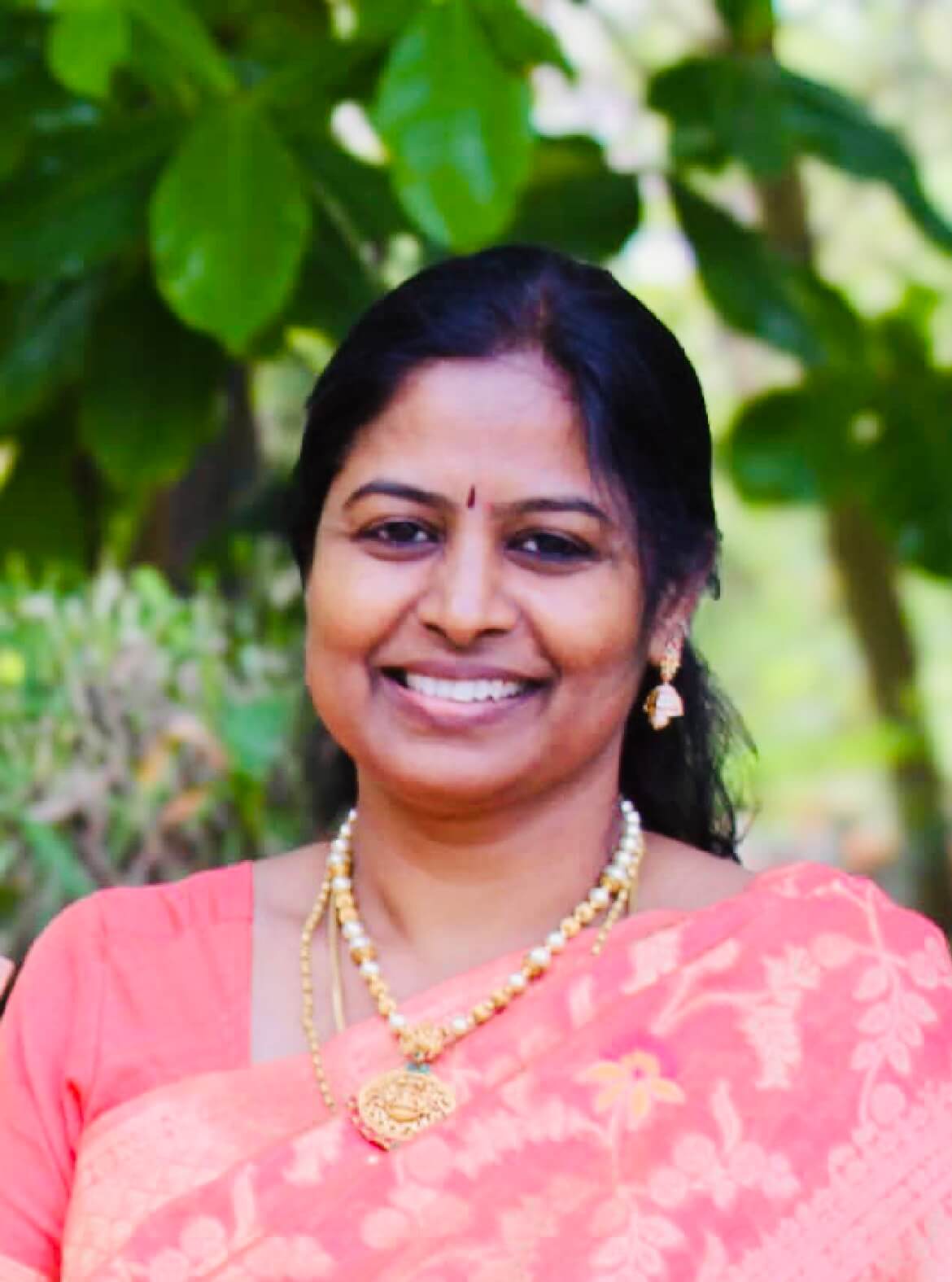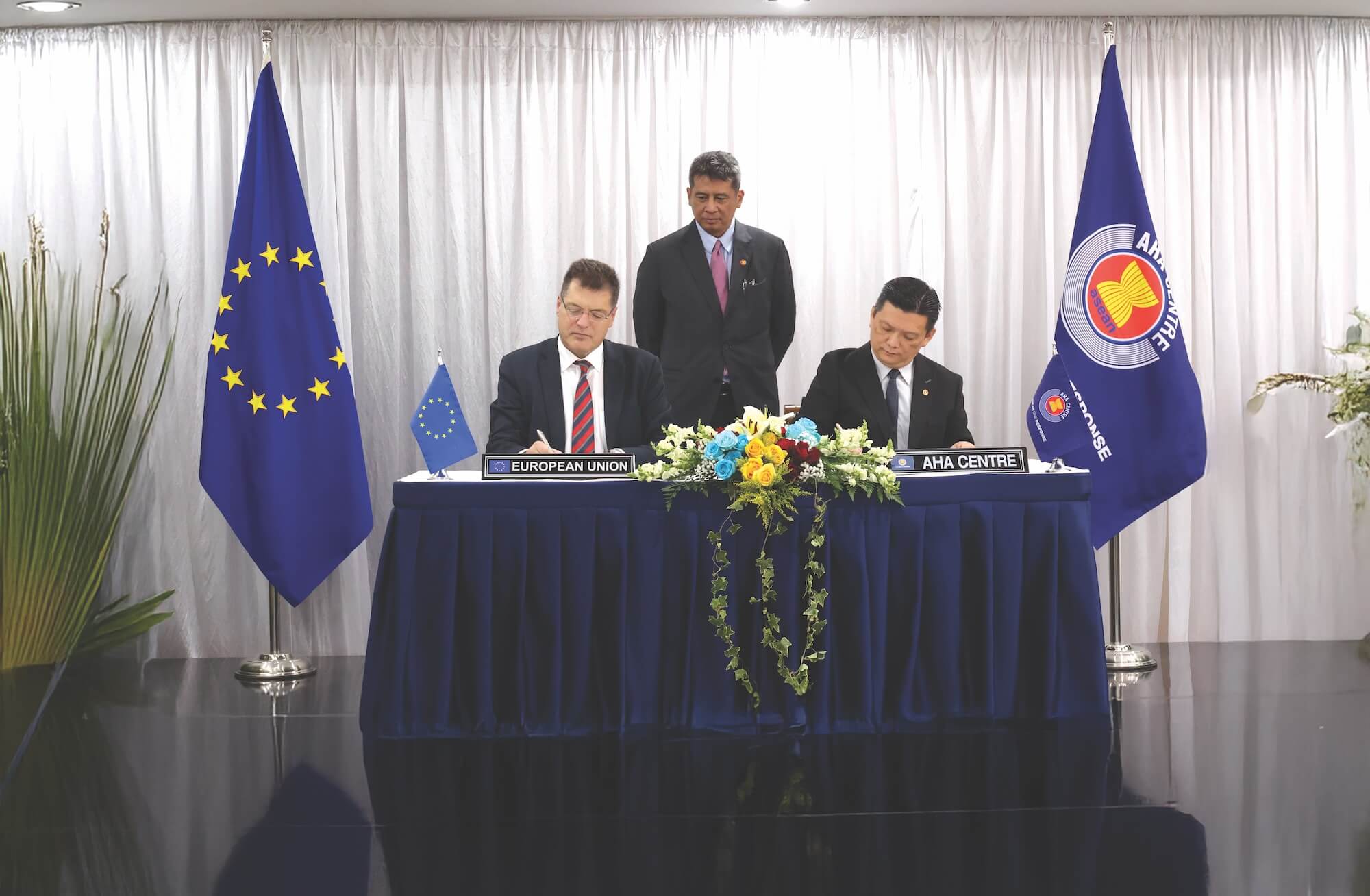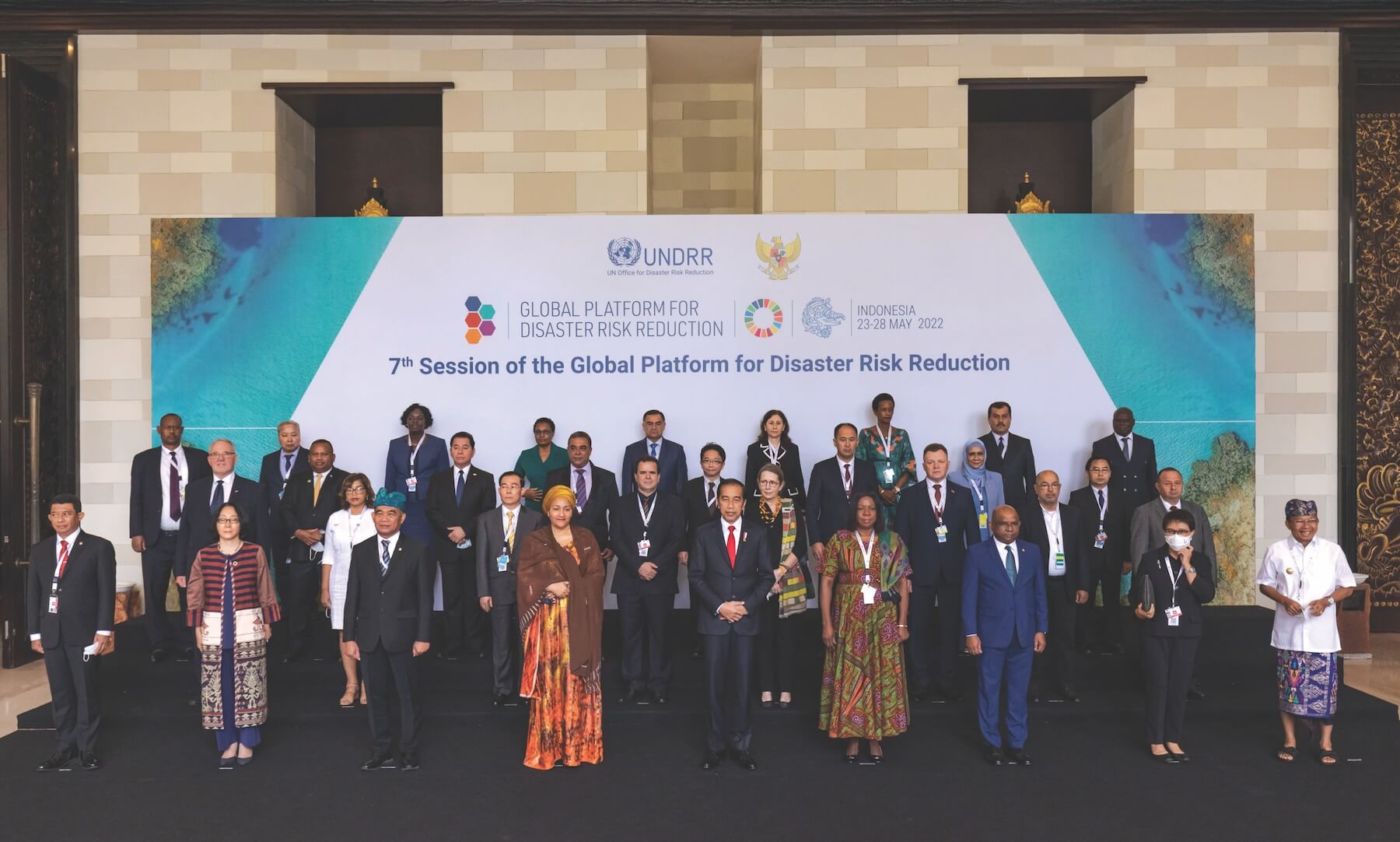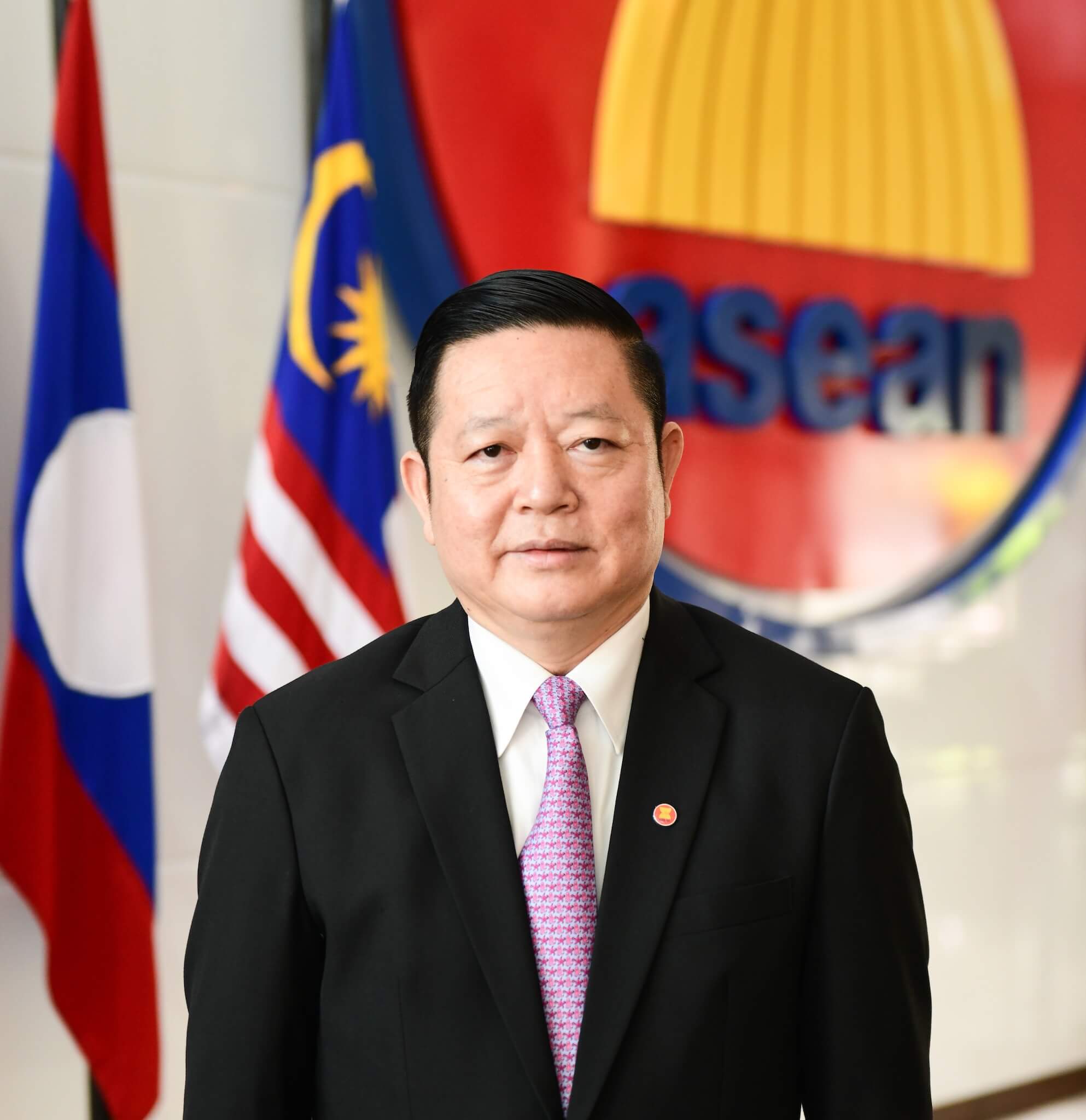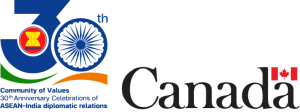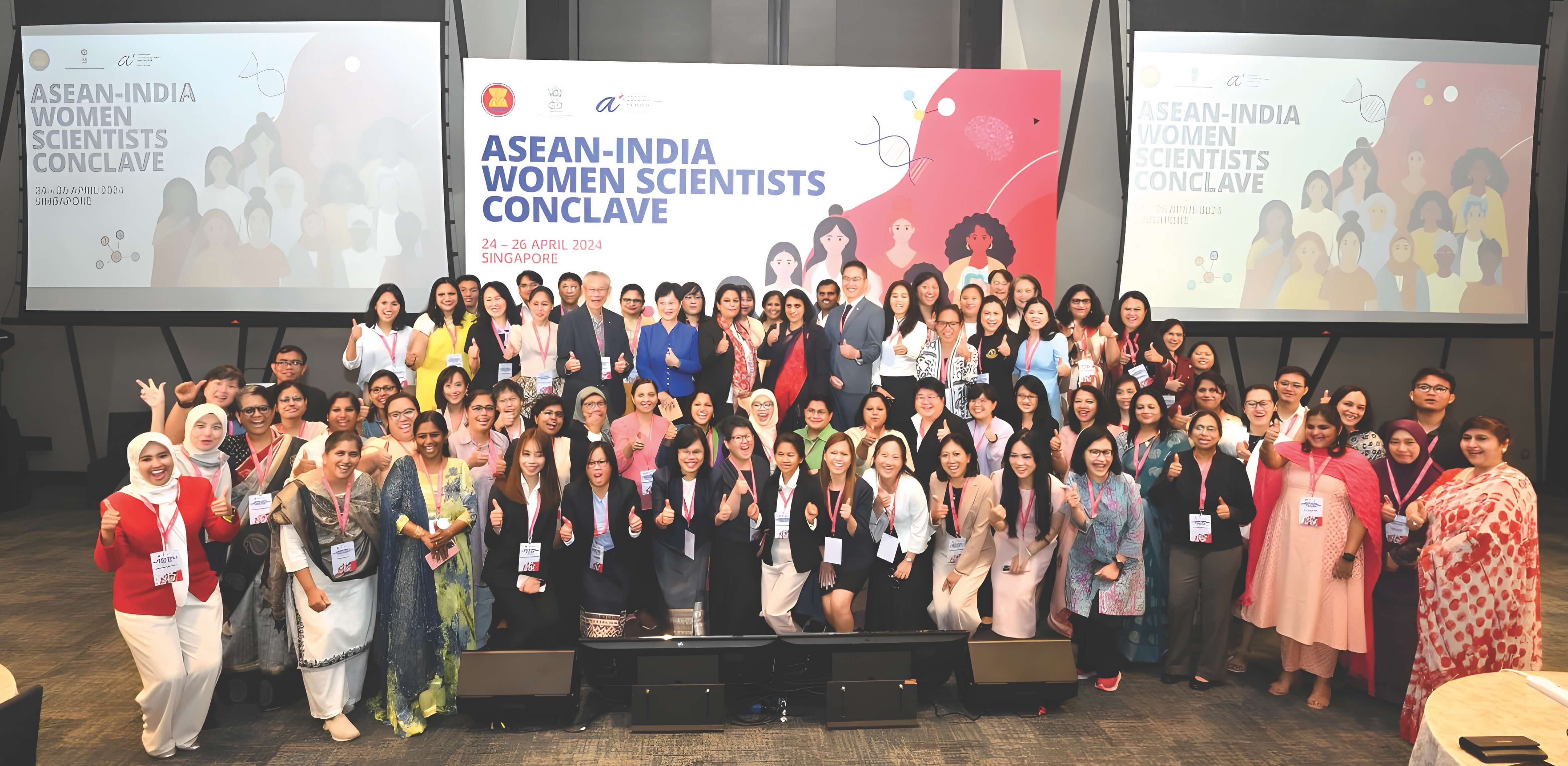



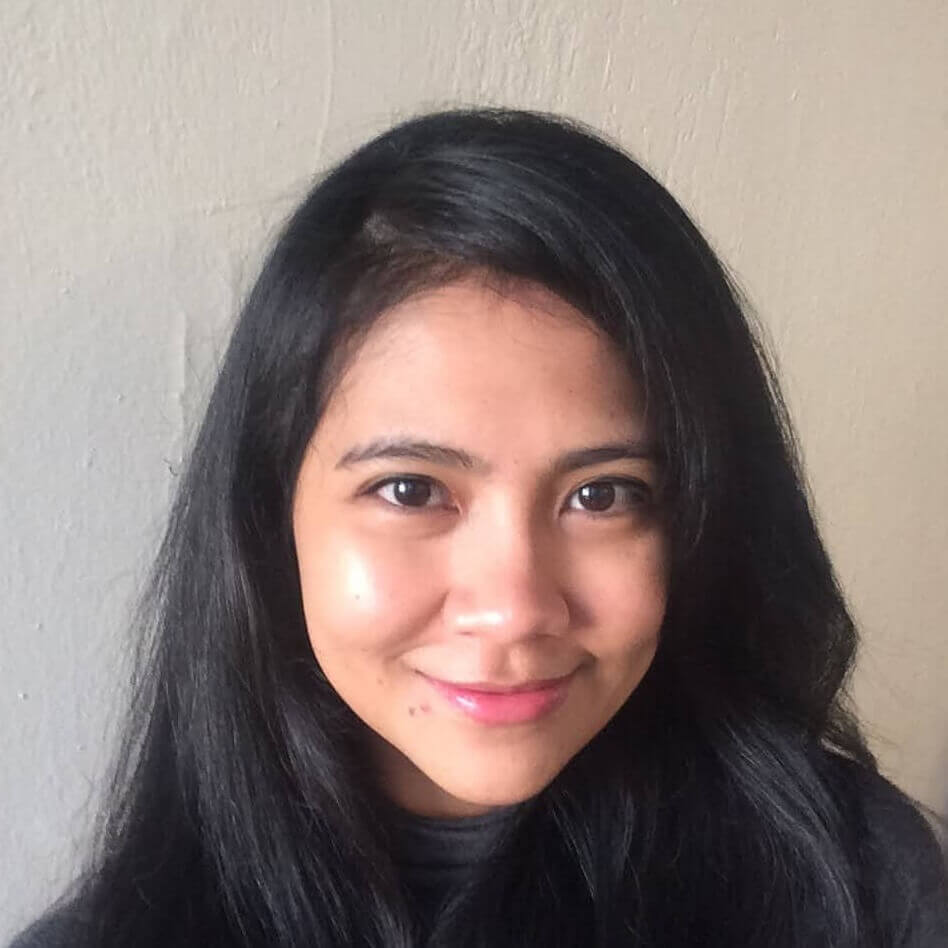
The first ASEAN-India Women Scientists Conclave, held from 24–26 April 2024 in Singapore, was a meaningful step in advancing regional collaboration and gender equity in STEM (Science, Technology, Engineering, and Mathematics). It was organised under the ASEAN-India Framework by the Department of Science and Technology (DST), Anusandhan National Research Foundation (ANRF), Government of India, in association with the Agency for Science, Technology and Research (A*STAR), Singapore, and the ASEAN Secretariat. The conclave convened around 80 participants from ASEAN Member States and India, including 19 women scientists and five DST officials from India.
Among the participants were Professor Nguyen Thi Hiep, Dean of the School of Biomedical Engineering at International University, Viet Nam National University, and Professor Kavitha Anandan, Head of the Department of Biomedical Engineering at Sri Sivasubramaniya Nadar (SSN) College of Engineering, Tamil Nadu, India. Both scholars are active in researching the intersection of artificial intelligence and healthcare.
Prof. Hiep has spent much of her career developing biomaterials and smart hydrogels for tissue regeneration, particularly for cancer patients. After training in South Korea, she returned to Viet Nam to establish her university’s first laboratory for tissue engineering and regenerative medicine. She is currently leading projects focused on functional, cost-effective biomedical materials that could serve local and regional healthcare needs.
“What excites me most about my research is seeing how our work in the lab can really help people. It’s not just about writing scientific articles; it’s about turning our discoveries into real treatments,” she explains to The ASEAN. “We want to create technologies that not only work well but are also affordable and can be made on a large scale.”
For this translational process to succeed, Prof. Hiep stresses the interdisciplinary collaboration, and institutional support.
“We really need funding that’s specifically aimed at that translation process. Often, the grants for basic science are separate from what’s needed to actually develop and scale up our innovations,” she says.
“Working with people or an official agency who have that entrepreneurial expertise, tech transfer offices, and incubators can provide very helpful advice and guidance; this is totally necessary.”
She believes that platforms such as the ASEAN-India Women Scientists Conclave contribute meaningfully by facilitating international connections, providing visibility for women-led research, and offering opportunities to share strategies and best practices.
“It creates a valuable space for women scientists from across the ASEAN region and India to connect, share knowledge, and explore potential collaborations,” she says. “By highlighting the work of women scientists, these initiatives also increase our visibility, which can attract the attention of potential investors, industry partners, and policymakers.”
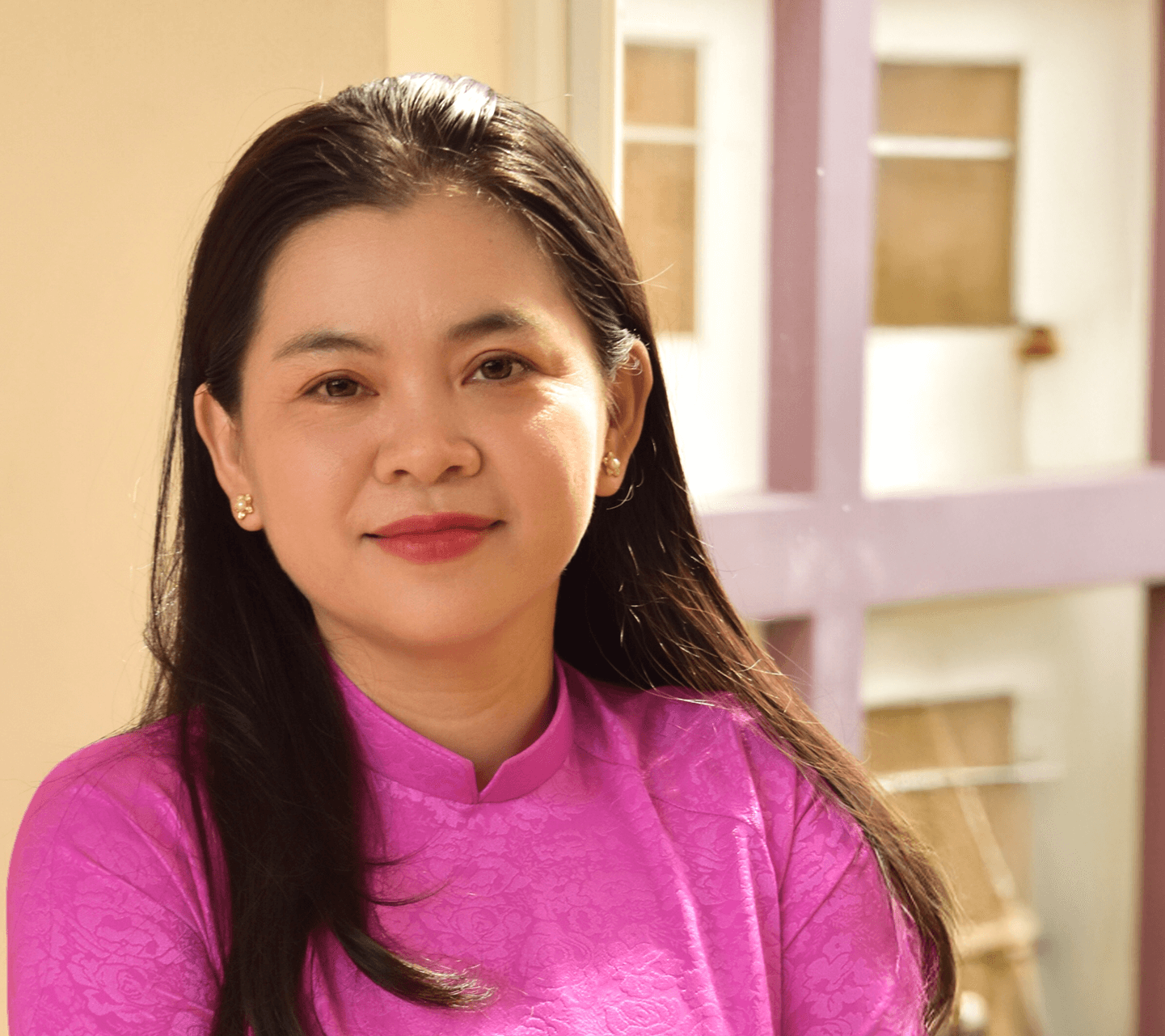
Prof. Kavitha Anandan, meanwhile, brought to the conclave her work on an augmented reality-based surgical support system tailored for spinal surgery. Developed in collaboration with a Chennai-based spine surgeon, the project has been submitted for a joint patent and has received recognition under India’s SERB (ANRF)-POWER scheme for women scientists.
“It was such a wonderful experience during the conclave—we met so many women scientists from all the ASEAN countries. I’m still in touch with a few,” she says.
She notes that the exposure from the conclave enabled her to visit research institutions in Singapore, including Duke- NUS, where she initiated discussions for a future joint proposal. “I am writing another proposal with one professor over there—it was all because we could visit Singapore during that conclave.”
Both Prof. Hiep and Prof. Anandan see regional forums like the conclave as important spaces for research exchange and experience. They acknowledged shared challenges among women scientists, including navigating work-life balance, limited representation in leadership, and unequal access to funding or infrastructure. But they also observed that change is happening.
“Looking around my classrooms and laboratories today, I am genuinely encouraged to see a much more equal gender mix than during my own student years,” Prof. Hiep notes. “Biomedical engineering, in particular, is attracting many more women nowadays. Now the discipline is much more balanced.”
Prof. Anandan agreed, noting that while many women now lead her institution, this was not always the case in her early career.
“Right now, my organisation, in biomedical engineering, has 75 per cent girls. There are a lot of opportunities for girls now. Majority of the senior leadership team is led by women in my organisation,” she explains.
“We have created a very nice support system for our students and our faculty members. There is a perfect balance in the exposure so they do not feel like they are not given enough opportunities,” she adds.
Both professors called for more sustained collaboration beyond one-off events. Ideas included co-funded research grants, regional mentorship networks, exchange programmes, and longer-duration forums where participants could share in-depth research.
Prof. Hiep emphasises the importance of structured opportunities for women to engage with policy and funding bodies. “Tools that allow for such interaction can truly speed the process of translating our research into more extensive use,” she notes.
Prof. Anandan suggests forums for sharing technical expertise in such conclaves along with increased student and faculty support for travel and participation in conferences. “The economy should not be something that stops someone from climbing the ladder, specifically those who are given particular support—it will empower them more.”
Both scientists also emphasise a sense of commonality among women in STEM across ASEAN and India. “Absolutely, yes, I really do think there’s a kind of mission and a set of values that naturally connect women scientists across ASEAN and India,” says Professor Hiep. “There’s this shared passion for just pushing into scientific questions and a real commitment to using our knowledge to make the world a better place.”
Prof. Anandan adds, “Struggles are common for everyone. All the multitasking that they are doing—I did a lot of multitasking to reach the place where I am right now. It gave strength to every woman.”
